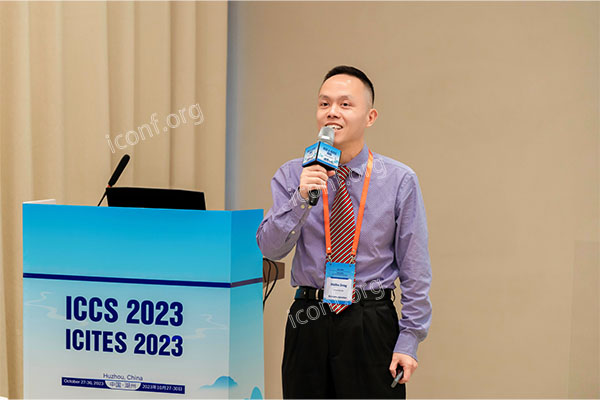In the realm of Emotional Intelligence (EI), the synergy between academic journals and conferences plays a pivotal role in driving innovation. These platforms offer unique opportunities for researchers, practitioners and educators to not only share their findings but also to collaborate, create, and challenge the status quo. Harnessing the full potential of this collaboration requires an understanding of how EI journals and conferences function and how they can work together to accelerate the development of the field.
**Facilitating the Exchange of Ideas**
EI Journals serve as critical repositories of original research, providing insights into the latest advances in the field. They offer a platform for scholars to present their findings, engage with existing literature, and propose new theories or models. Conferences, on the other hand, enable real-time engagement with these ideas. They allow for the dynamic exchange of thoughts, lively debates, and immediate feedback, which are essential for refining concepts and discovering new research avenues.
**Bridging Theory and Practice**
While EI journals primarily focus on theory and empirical investigation, conferences often appeal to a broader audience, including practitioners seeking evidence-based strategies to apply in their contexts. This dynamic creates a potent opportunity to bridge theory and practice. Conference presentations grounded in journal-published research can illuminate practical applications, while observing real-world challenges voiced by practitioners can inspire research questions for future academic investigations.
**Creating a Platform for Collaboration**
Both EI journals and conferences cultivate environments conducive to collaboration. Journals foster intellectual exchange as researchers build upon each other's work, while conferences enable personal interactions leading to multidisciplinary collaboration. This synthesis of perspectives sparks innovation, as integrated inputs often lead to novel concepts, tools, and practices in Emotional Intelligence.
**Inspiring Future Research Directions**
Insights shared in EI journals and discussed at conferences can inform future research directions. By shedding light on yet unexplored areas or posing challenging questions, these platforms stimulate intellectual curiosity and propel the field forward. Knowing what has been discussed at conferences and published in journals helps researchers identify gaps in the literature and arrive at innovative research questions.
**Enhancing Dissemination and Implementation**
Through their collaborative nature, EI journals and conferences augment the dissemination of research findings. The inquiries, discussions, and networking events at conferences help further broadcast the insights generated from journal publications. Moreover, conference discussions often prompt new ways of interpreting and implementing these findings, facilitating their integration into practice.
**Conclusion**
The successful interplay between EI journals and conferences creates a vibrant, innovative landscape in the field of Emotional Intelligence. By facilitating the exchange of ideas, bridging theory and practice, fostering collaboration, guiding future research, and enhancing dissemination, these platforms catapult the field forward. Such collaborative effort is crucial in shaping Emotional Intelligence theory and practice, and in turn, moulding emotionally intelligent individuals and communities.
